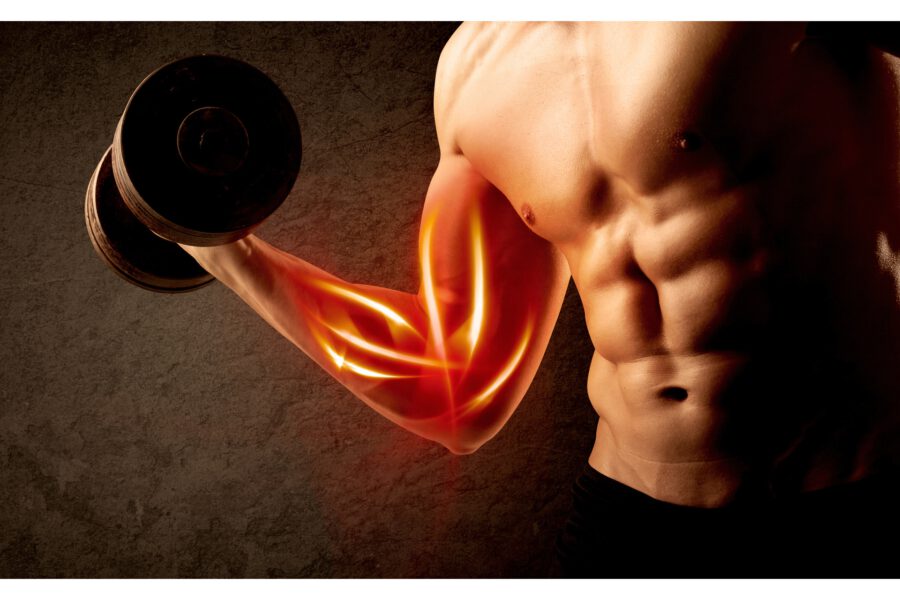Why You Can't Feel the Burn in Your Muscles During Exercise
So you completed your workout session. It felt nice moving around. You’ve done your sets and reps. You took your post-workout meal. You relaxed a little and then showered. But something felt odd.
It bothers you why you aren’t feeling ‘the burn’ in your muscles during the exercises. It makes you wonder whether your workout is effective or not.
Questions popped into your mind, “Maybe I was not doing enough to feel the ‘burn’? “What if the time I put in is all for nothing?” “Will my muscles grow?” “Will I lose fat?”
This article will discuss everything you need to learn about the burn you feel during an exercise and how you can apply this information to your training.
The burn sensation comes from lactic acid production.
When you exercise, your muscles contract concentrically (shortening), eccentrically (lengthening), and sometimes isometrically. This process uses much of your energy, and the body prefers to generate most of its fuel using oxygen.
As you work out, you begin to breathe faster and shallower in an attempt to power your muscles with more oxygen. Unfortunately, this process is slower than your demand for quick energy.
So your muscles will try to generate fuel using glucose instead. With less oxygen in the body, a substance known as lactate is created to break down more glucose, allowing energy production to continue.
As your oxygen demand continues to rise, your body produces more lactic acid, creating a more acidic environment. This rise in acidity within the muscle tissue causes the “burn” you feel during exercise.
It simply means that you are not exercising at the intensity in which your muscle is deprived of oxygen.
If you want to experience the burn, you need to increase your lactic acid production. You can do this by further challenging the muscle by increasing the volume or intensity of your exercise.
You can dial up your reps, increase your tempo, or add more weights to your exercise if you want to chase the burn effect.
Definitely not.
Contrary to popular belief, the lactic acid build-up is not the cause of delayed onset muscle soreness (DOMS). In fact, 75% of lactic acid gets converted back into glucose, providing your muscles more fuel to function.
The burn you feel is actually a good type of discomfort. It can work as a signal that your muscles are being challenged enough.
You can use this feeling as a reference point to know that your muscle is getting close to failure, which is an excellent stimulus for muscle growth, especially for beginner lifters.
Here’s a plan for women that will make you feel the burn:
And for men:
The quick answer is NO.
Chasing the burn will only create more lactic acid in the body. Therefore, training for a specific burn sensation will not automatically translate to better muscle growth, fat loss, or strength gain.
You don’t need to constantly train to failure to achieve quality results in the gym. Studies show proper periodization is the key to achieving a better physique or physical strength. The right amount of volume, frequency, and rest is what your muscles need to reflect your hard work in the gym.
Sometimes, you will not experience the same burn effect in your exercises, which is perfectly fine because many factors, such as blood acidity, hormones, and other variables, can influence this process. In addition, this burn effect has nothing to do with the microtrauma you are inflicting on your muscles to achieve growth.
Regardless of your training program, it all comes down to optimizing your routine and maximizing your gains.
The gist is you want to train in a way that allows your body to recover faster and better.
Depending on your preference, you could lift heavier or lighter as long as you have a sustainable regimen that reflects a balance between your workout and recovery.
Only in this recovery phase, you'll see significant improvements in your physique, physical strength, and muscle endurance as you consistently work out.

